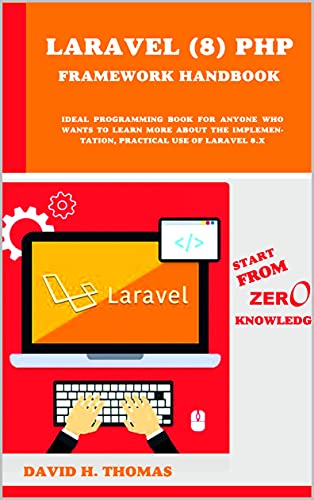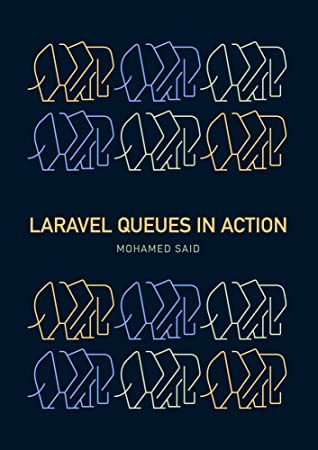A Handbook of Spectroscopic Data: Chemistry – UV, IR, 1HNMR, 13CNMR and Mass Spectrometry is written by B. D. Mistry B.K.M Science College Valsad, Gujrat and is published by Oxford Book Company, Jaipur, India is a PDF book for free download.
For any organic chemists intending to gain information about a substance, techniques such as ultraviolet, infrared, nuclear magnetic resonance and mass spectra copy are important ones.
This book envisages in it much useful spectral data in table & charts.
For graduate and post-graduate students and organic research chemist who are not spectro scopists, the book can be a valuable reference for the interpretation of most spectra.
In most case, the organic chemist using these compilations of data without having to search through more detailed texts in the areas.
About Spectroscopic:
Spectroscopy and spectrography are terms used to refer to the measurement of radiation intensity as a function of wavelength and are often used to describe experimental spectroscopic methods. Spectral measurement devices are referred to as spectrometers, spectrophotometers, spectrographs or spectral analyzers.
Daily observations of color can be related to spectroscopy. Neon lighting is a direct application of atomic spectroscopy. Neon and other noble gases have characteristic emission frequencies (colors).
Neon lamps use collision of electrons with the gas to excite these emissions. Inks, dyes and paints include chemical compounds selected for their spectral characteristics in order to generate specific colors and hues.
A commonly encountered molecular spectrum is that of nitrogen dioxide. Gaseous nitrogen dioxide has a characteristic red absorption feature, and this gives air polluted with nitrogen dioxide a reddish-brown color. Rayleigh scattering is a spectroscopic scattering phenomenon that accounts for the color of the sky.
Spectroscopic studies were central to the development of quantum mechanics and included Max Planck's explanation of blackbody radiation, Albert Einstein's explanation of the photoelectric effect and Niels Bohr's explanation of atomic structure and spectra.
Spectroscopy is used in physical and analytical chemistry because atoms and molecules have unique spectra. As a result, these spectra can be used to detect, identify and quantify information about the atoms and molecules. Spectroscopy is also used in astronomy and remote sensing on Earth.
Most research telescopes have spectrographs. The measured spectra are used to determine the chemical composition and physical properties of astronomical objects (such as their temperature and velocity).
Contents:
Ultraviolet Spectroscopy
Infrared Spectroscopy
Proton Nuclear Magnetic Resonance Spectroscopy
Carbon-13 Nuclear Magnetic Resonance Spectroscopy
Mass Spectrometry
Structural data obtainable from different spectra
About the book:
Publisher : Oxford Book Co. (January 1, 2009)
Language : English
Item Weight : 1.1 pounds
File: PDF, 7Mb
Download
Free Download the Book: A Handbook of Spectroscopic Data Chemistry
PS: Share the link with your friends
If the Download link is not working, kindly drop a comment below, so we'll update the download link for you.








